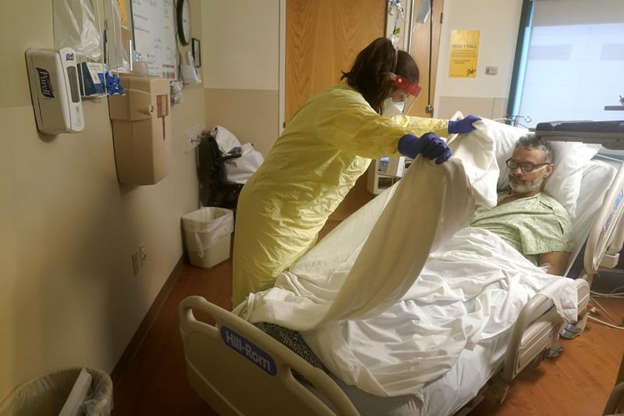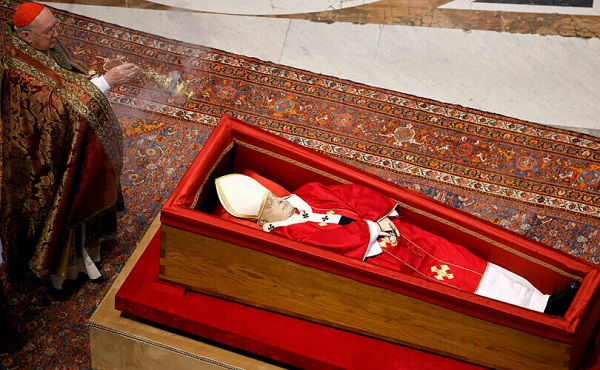Alberta
Canadian Finals Rodeo November 3 – 7, 2021

CFR – Canadian Finals Rodeo
BUY TICKETS now for CFR47!
Join us for the very best rodeo contestants competing in 6 action-packed performances for the top prize November 3rd to 7th at the Peavey Mart Centrium.
Wednesday, November 3 – Doors at 5:00 pm | Performance at 6:00 pm
Thursday, November 4 – Doors at 5:00 pm | Performance at 6:00 pm
Friday, November 5 – Doors at 5:00 pm | Performance at 6:00 pm
Saturday Afternoon, November 6 – Doors at 11:00 am | Performance at 12:00 pm
Saturday Evening, November 6 – Doors at 5:00 pm | Performance at 6:00 pm
Sunday, November 7 – Doors at 11:00 am | Performance at 12:00 pm
The Canadian Finals Rodeo is a world-class rodeo event that brings together the very best rodeo contestants and fans in the country. Over five days, all major pro-rodeo events will take place during all 6 performances including Bareback, Steer Wrestling, Team Roping, Saddle Bronc, Tie-Down Roping, Ladies Barrel Racing, and Bull Riding. As well, fans will enjoy Junior Steer Riding, Novice Saddle and Bareback Riding and for the first time ever, Breakaway Roping during select performances.
Visit the official CFR website for more information.
Daily Activities
You don’t need a ticket to the performances to take part in the celebration; you can catch onsite events each day, including a Cabaret with live music, Buckle Presentations, Contestant Hot-Stoves, Autograph Signings, a First-Class Tradeshow, and more – all free!
Also free this year is parking – there is no charge to enter the Westerner grounds.
Visit the official CFR website, where we will update with a full list of 2021 on-site activities at CFR 47.
 |
Canadian Finals Rodeo – Performance #1
Event Date: Wed, Nov-3-2021 |
 |
Canadian Finals Rodeo – Performance #2
Event Date: Thu, Nov-4-2021 |
 |
Canadian Finals Rodeo – Performance #3
Event Date: Fri, Nov-5-2021 |
 |
Canadian Finals Rodeo – Performance #4
Event Date: Sat, Nov-6-2021 |
 |
Canadian Finals Rodeo – Performance #5
Event Date: Sat, Nov-6-2021 |
 |
Canadian Finals Rodeo – Performance #6
Event Date: Sun, Nov-7-2021 |

COVID-19 Restrictions Exemption In Effect At Westerner ParkEffective immediately and for the forseeable future, all entrants of Westerner Park, including employees, contractors, volunteers, event organizers & attendees aged 12 and older will be required to show proof of one of the following:
-
- Full COVID-19 vaccination.
- Negative COVID-19 PCR or rapid test, from a privately-paid testing provider, completed within 72 hours of an event’s start time.
- Formal documentation of a medical exemption.
Masks will also be required in compliance with Alberta Health Services guidelines. Anyone unable to wear a mask will be asked to provide their medical exception letter.
Alberta
CPP another example of Albertans’ outsized contribution to Canada

From the Fraser Institute
By Tegan Hill
Amid the economic uncertainty fuelled by Trump’s trade war, its perhaps more important than ever to understand Alberta’s crucial role in the federation and its outsized contribution to programs such as the Canada Pension Plan (CPP).
From 1981 to 2022, Albertan’s net contribution to the CPP—meaning the amount Albertans paid into the program over and above what retirees in Alberta received in CPP payments—was $53.6 billion. In 2022 (the latest year of available data), Albertans’ net contribution to the CPP was $3.0 billion.
During that same period (1981 to 2022), British Columbia was the only other province where residents paid more into the CPP than retirees received in benefits—and Alberta’s contribution was six times greater than B.C.’s contribution. Put differently, residents in seven out of the nine provinces that participate in the CPP (Quebec has its own plan) receive more back in benefits than they contribute to the program.
Albertans pay an outsized contribution to federal and national programs, including the CPP because of the province’s relatively high rates of employment, higher average incomes and younger population (i.e. more workers pay into the CPP and less retirees take from it).
Put simply, Albertan workers have been helping fund the retirement of Canadians from coast to coast for decades, and without Alberta, the CPP would look much different.
How different?
If Alberta withdrew from the CPP and established its own standalone provincial pension plan, Alberta workers would receive the same retirement benefits but at a lower cost (i.e. lower CPP contribution rate deducted from our paycheques) than other Canadians, while the contribution rate—essentially the CPP tax rate—to fund the program would likely need to increase for the rest of the country to maintain the same benefits.
And given current demographic projections, immigration patterns and Alberta’s long history of leading the provinces in economic growth, Albertan workers will likely continue to pay more into the CPP than Albertan retirees get back from it.
Therefore, considering Alberta’s crucial role in national programs, the next federal government—whoever that may be—should undo and prevent policies that negatively impact the province and Albertans ability to contribute to Canada. Think of Bill C-69 (which imposes complex, uncertain and onerous review requirements on major energy projects), Bill C-48 (which bans large oil tankers off B.C.’s northern coast and limits access to Asian markets), an arbitrary cap on oil and gas emissions, numerous other “net-zero” targets, and so on.
Canada faces serious economic challenges, including a trade war with the United States. In times like this, it’s important to remember Alberta’s crucial role in the federation and the outsized contributions of Alberta workers to the wellbeing of Canadians across the country.
Alberta
Made in Alberta! Province makes it easier to support local products with Buy Local program

Show your Alberta side. Buy Local. |
When the going gets tough, Albertans stick together. That’s why Alberta’s government is launching a new campaign to benefit hard-working Albertans.
Global uncertainty is threatening the livelihoods of hard-working Alberta farmers, ranchers, processors and their families. The ‘Buy Local’ campaign, recently launched by Alberta’s government, encourages consumers to eat, drink and buy local to show our unified support for the province’s agriculture and food industry.
The government’s ‘Buy Local’ campaign encourages consumers to buy products from Alberta’s hard-working farmers, ranchers and food processors that produce safe, nutritious food for Albertans, Canadians and the world.
“It’s time to let these hard-working Albertans know we have their back. Now, more than ever, we need to shop local and buy made-in-Alberta products. The next time you are grocery shopping or go out for dinner or a drink with your friends or family, support local to demonstrate your Alberta pride. We are pleased tariffs don’t impact the ag industry right now and will keep advocating for our ag industry.”
Alberta’s government supports consumer choice. We are providing tools to help folks easily identify Alberta- and Canadian-made foods and products. Choosing local products keeps Albertans’ hard-earned dollars in our province. Whether it is farm-fresh vegetables, potatoes, honey, craft beer, frozen food or our world-renowned beef, Alberta has an abundance of fresh foods produced right on our doorstep.
Quick facts
- This summer, Albertans can support local at more than 150 farmers’ markets across the province and meet the folks who make, bake and grow our food.
- In March 2023, the Alberta government launched the ‘Made in Alberta’ voluntary food and beverage labelling program to support local agriculture and food sectors.
- Through direct connections with processors, the program has created the momentum to continue expanding consumer awareness about the ‘Made in Alberta’ label to help shoppers quickly identify foods and beverages produced in our province.
- Made in Alberta product catalogue website
Related information
-

 2025 Federal Election2 days ago
2025 Federal Election2 days agoOttawa Confirms China interfering with 2025 federal election: Beijing Seeks to Block Joe Tay’s Election
-

 2025 Federal Election1 day ago
2025 Federal Election1 day agoBREAKING: THE FEDERAL BRIEF THAT SHOULD SINK CARNEY
-

 COVID-192 days ago
COVID-192 days agoNearly Half of “COVID-19 Deaths” Were Not Due to COVID-19 – Scientific Reports Journal
-

 2025 Federal Election2 days ago
2025 Federal Election2 days agoHow Canada’s Mainstream Media Lost the Public Trust
-

 International14 hours ago
International14 hours agoPope Francis’ body on display at the Vatican until Friday
-

 Media1 day ago
Media1 day agoCBC retracts false claims about residential schools after accusing Rebel News of ‘misinformation’
-

 2025 Federal Election2 days ago
2025 Federal Election2 days agoReal Homes vs. Modular Shoeboxes: The Housing Battle Between Poilievre and Carney
-

 International1 day ago
International1 day agoNew York Times publishes chilling new justification for assisted suicide






